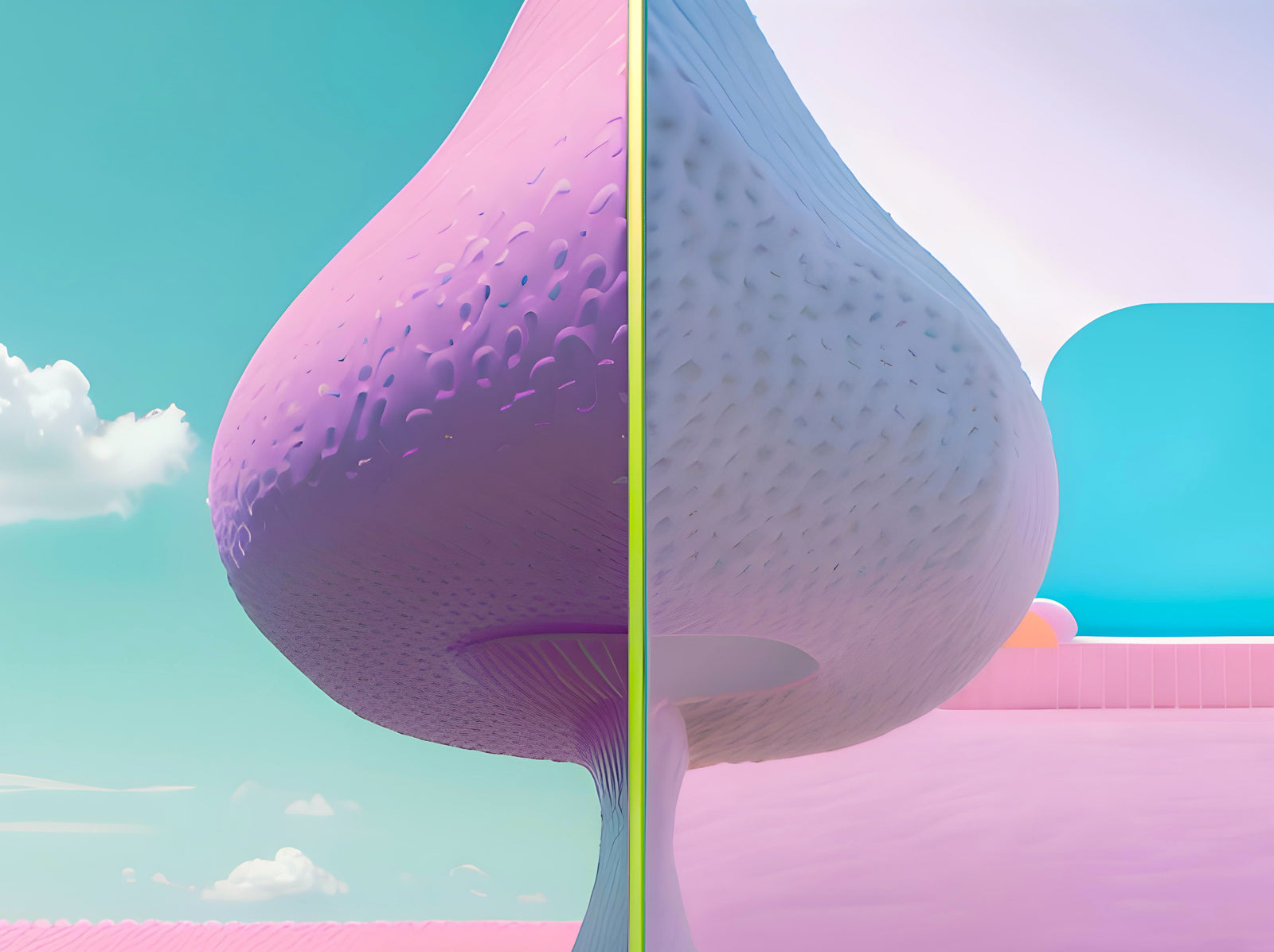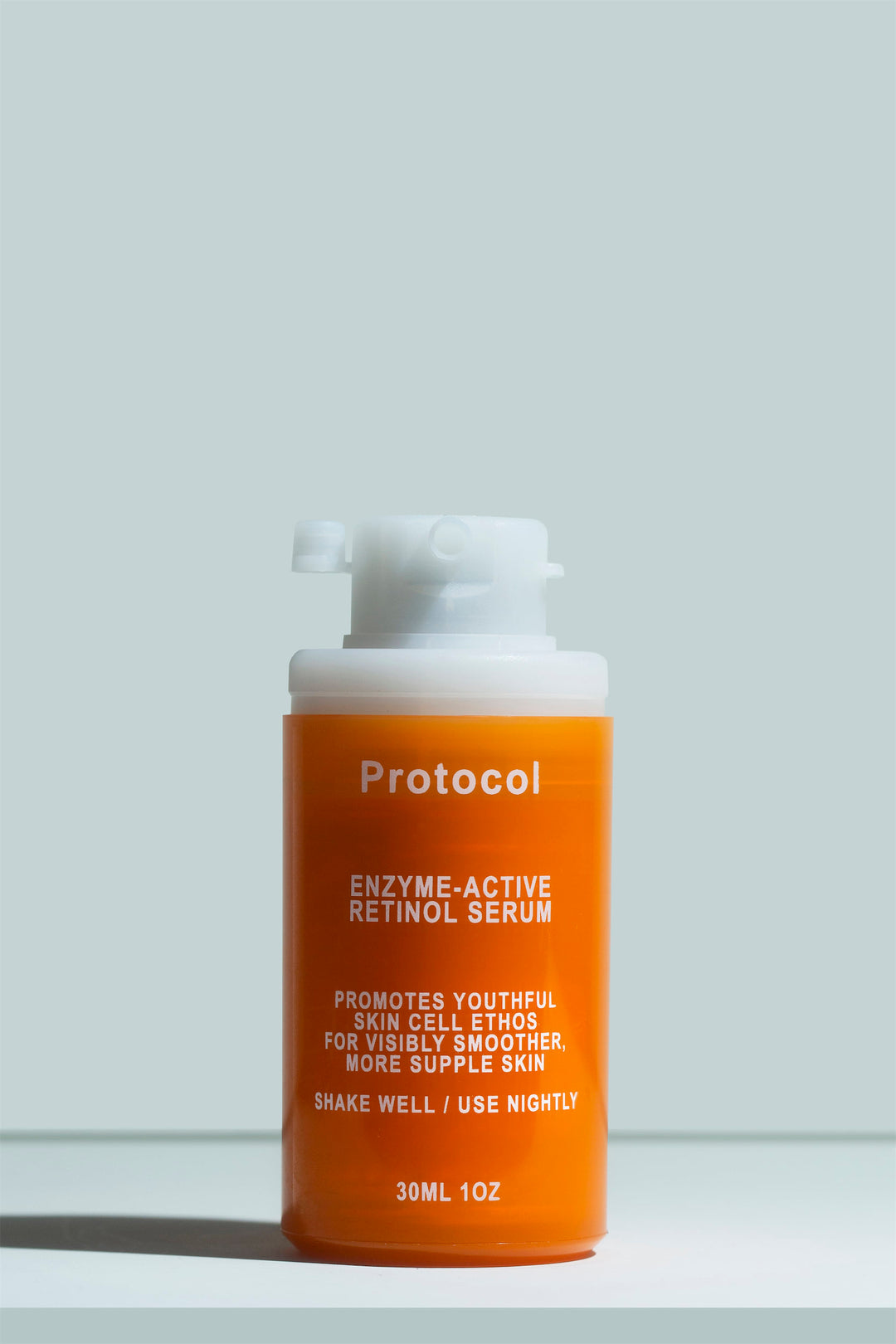Sebaceous Filaments vs Blackheads

Understanding the difference between sebaceous filaments vs blackheads isn’t intuitive. The annoying little clogs look pretty similar, and photos on the internet are often downright inaccurate! Even once you learn what they are and how they form, the differences don’t immediately jump out.
For the sake of your skin and self-perception, it’s worth understanding how the two compare, which is exactly what we’ll do in this post. Let’s dive into our quick guide to blackheads vs sebaceous filaments!
What are sebaceous filaments?
Sebaceous filaments, sometimes shortened to SFs, are little plugs that form inside the pores or hair follicles. They’re most common on the nose, but can also show up on the cheeks, chin, or around the mouth.
They look just like little plugs inside the pores, but they still allow for sebum to flow from the oil glands up to the surface of the skin. They’re not a disorder or a symptom of anything, although they can be troublesome if they grow too big, widespread, or noticeable.
What are blackheads?
Blackheads are disruptive clogs in the skin. Their medical name is “open comedones,” and they’re considered an acne symptom, along with whiteheads and inflammatory pimples.
They’re made up of sebum and dead skin cells that harden and clog up the pore. They can vary widely in size and severity. Unlike pimples, there isn’t redness, pain, or swelling.
They’re called blackheads because they turn dark at the surface where the clog is exposed to oxygen. They’re generally more common in those with oily or acne-prone skin.
How to tell if I have blackheads or sebaceous filaments?
Before we dive into the differences between blackheads vs sebaceous filaments, here are the key questions to ask yourself to figure out which one you’re dealing with:
- How dark is it? A dark brown or black clog is probably a blackhead, while white, beige, or light brown clogs are usually sebaceous filaments.
- How much of your pore does it fill? With blackheads, you can notice that the clog fills the entire pore, often causing the sides to stretch a little to accommodate it. If you have sebaceous filaments, the “gunk” will be concentrated in the center of the pore, without stretching the sides.
- How big is it? Sebaceous filaments are tiny and often fairly tightly distributed, which means they impact a lot of pores. Blackheads are usually a little larger and more noticeable to the naked eye and will impact a smaller percentage of pores in a given area.
- You might have both. It’s rarely one or the other. It’s very common to have many sebaceous filaments along with some blackheads.
Sebaceous filaments vs blackheads: key differences
And now, let’s dig deeper. These are the key differences between sebaceous filaments and blackheads:
Appearance
If you want to figure out if you have blackheads or sebaceous filaments, you’ll want to start by examining your skin’s appearance.
Blackheads are generally larger and darker than sebaceous filaments. They clog the pore from wall to wall, without any visible parts of the opening. If you examine the skin very closely, you may notice that the skin around the blackhead is slightly stretched and raised to accommodate the protrusion.
By comparison, sebaceous filaments are much smaller and less noticeable. They look like small dots inside the pores that range in color from white or beige to yellow to light brown. If extracted (which we don’t recommend), they come out as little threads or rolls. They usually surround small “peach fuzz” hairs, while blackheads often trap the hair beneath the clog.
Severity
This is the fundamental difference between blackheads and sebaceous filaments. Sebaceous filaments are mild, normal little plugs that form within the pores and don’t impact skin functions.
If the pore gets overfilled, a blackhead forms. The large plugs oxidize, which is why it looks like a dark dot and sometimes even a bump. Blackheads can visibly stretch the pores or they can become inflamed and transform into a pimple.
While sebaceous filaments are milder than blackheads, they can become more noticeable, especially if they cover a large area. A sebaceous filament can also turn into a blackhead.
Causes
Fundamentally, sebaceous filaments and blackheads have a very similar cause. Both occur when the pores get filled with a mixture of dead skin and sebum.
That said, there is no specific cause for sebaceous filaments - they’re just part of normal skin functions. Some issues can make them seem more prominent, like dehydration or dead skin buildup.
Blackheads, on the other hand, correlate strongly with having oily skin and irregular desquamation. It’s considered a symptom of acne and often occurs concurrently with other types of pimples.
Treatment
Treating sebaceous filaments and blackheads is fairly similar, especially if you’re focusing on long-term results. Both respond well to retinoids and chemical exfoliation, which improve skin cell renewal and help regulate shedding.
It’s also important to already have a basic skincare routine that you follow. That said, there are a few key differences:
When dealing with sebaceous filaments:
- If you have oily skin and SFs, salicylic acid is ideal because it can break down oils and exfoliate within the pores.
- Sebaceous filaments should not be extracted but can be gently expressed by massaging with an oil cleanser.
- Using salicylic acid and a clay mask before oil cleansing can help improve their removal.
- Moisturization is key, especially if you have a lot of noticeable SFs concentrated in one area.
- Check out our guide to sebaceous filament treatment for more tips!
When dealing with blackheads:
- Blackheads will likely also disappear with regular salicylic acid usage and oil cleansing, but it will take longer.
- They can respond well to extractions, as long as they’re done by a professional using sterile equipment.
- If you experience blackheads often, adopt a skincare routine for acne-prone skin for long-term prevention.
Steer clear
Sebaceous filaments and blackheads are different where it matters. One is a completely normal feature of human skin, while the other is a type of breakout. Even so, chances are you don’t want either blackheads or sebaceous filaments to take a prominent position on your skin, which is where skincare comes in.
In the short term, solutions like oil cleansing, salicylic acid, and extractions will do a wonderful job. Protocol Skincare is all about long-term solutions, though. Our Double AHA Cleanser sloughs away dead skin to keep the surface looking clear and smooth. Our powerful Enzyme-Active Retinol Serum boosts regeneration from below.
When used alongside AHA, the two work together not just to clear out the pores, but also to make them look smaller while refining skin texture. If you’d like to combat everything from clogged pores to signs of aging, consider trying them as part of our complete skin-renewing line.




